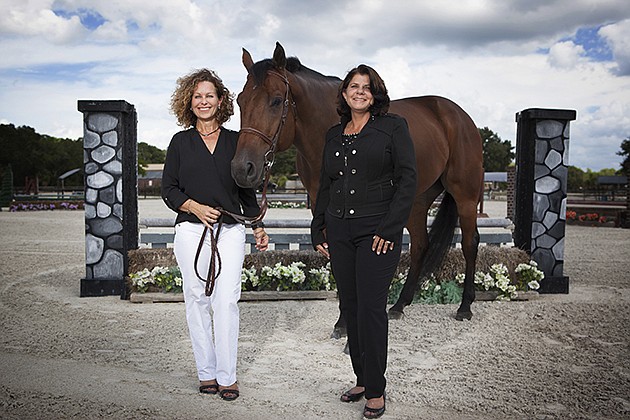- December 15, 2025
-
-
Loading

Loading

Executive Summary
Company. Fox Lea Farm Industry. Sports tourism Key. Facility hopes to grow through marketing and new events.
Lots of people complain about the roundabout at Venice Avenue and Jacaranda Boulevard in Venice, with its traffic clogs and tie-ups.